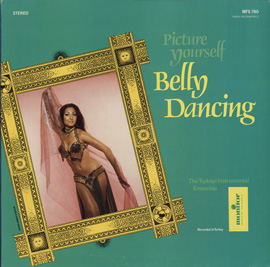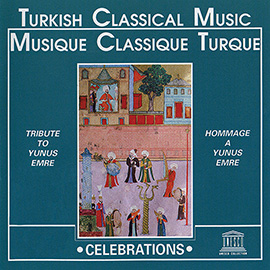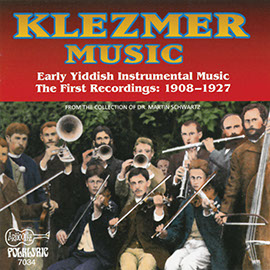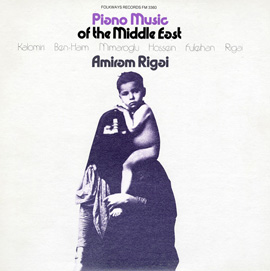
Summary
Students will be introduced to Turkish style song and dance through listening to, recreating the sounds of, and dancing Bacon is in the Larder.
Suggested Grade Levels: 6-8
Country: Turkey
Region: Middle East
Culture Group: Turkish
Genre: World
Instruments: Body Percussion, Kemence
Language: Turkish
Co-Curricular Areas: Dance, Social Studies
National Standards: 2, 5, 6, 8, 9
Prerequisites: None
Objectives:
- Listen to music from Turkey
- Identify instruments on the recording
- Recreate body percussion in three parts, with and without the recording
Material:
- Recording of Bacon is in the Larder, The Dance from Rize on the Black Sea from “Songs and Dances of Turkey,” Smithsonian Folkways.
- World map
- Map of Turkey
- Picture of kemençe instrument
Lesson Segments:
- Turkish Songs and Dances (National Standards 2, 5, 6, 8, 9)
Lesson Segment 1. The Greenfields of Rossbae
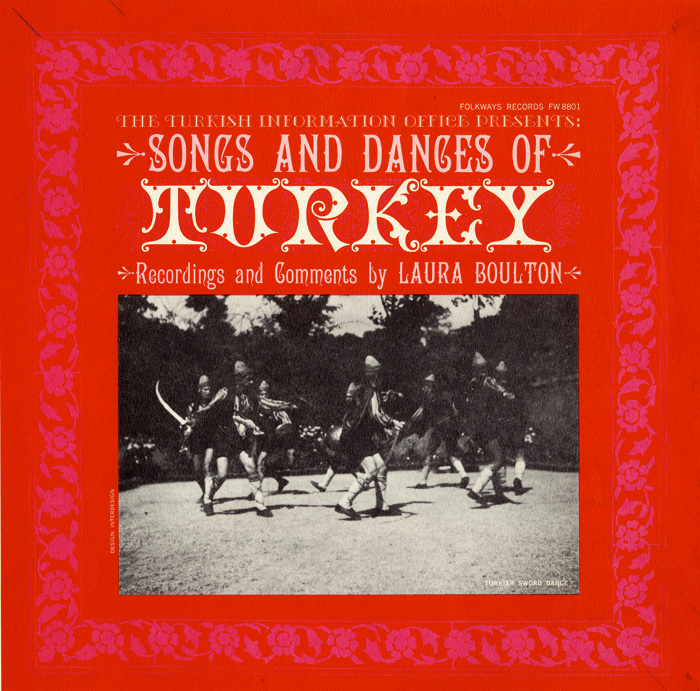
“Bacon is in the Larder, The Dance from Rize on the Black Sea”
from Songs and Dances of Turkey (1955) | FW08801
- Turkish Songs and Dances
- Attentive Listening (1st listen): Teacher plays recording of Bacon is in the Larder (first 30 seconds as excerpt).
- Students identify what country it might be from
- Integrating World Music: After a student correctly guesses that the song is from Turkey (or the teacher tells the class), the teacher shows map of the world.
- Point out Turkey
- Show map of Turkey and point out Black Sea region
- Attentive Listening (2nd listen): listen and identify different sounds on recording (kemençe string instrument, singing, stamps, claps, a clicking sound).
- Show picture of kemençe instrument
- Attentive/Engaged Listening (3rd listen): listen for the rhythm of the claps, then join in when students figure out the pattern.
- Integrating World Music: Fishing is a major industry in the coastal areas of the Black Sea region of Turkey.
- This song is a dance, and the dance steps imitate the quick movements of a fish moving in water
- Many dances from the Black Sea region reflect the fishing industry in this way
- Attentive/Engaged Listening (4th listen): listen for the stomping sound and once they figure out that it occurs on the beat, join in, stamping the beat.
- Attentive/Engaged Listening (5th listen): listen for the clicking sound.
- What do you think that might be created by? (a tongue clicking)
- Have students try to make different tongue click sounds when recording ends
- Play recording again (6th listen), while students “click along”
- Engaged Listening (7th listen): listen, identifying the melodic pattern on the kemençe that repeats.
- How many times do you hear the pattern repeat?
- Enactive Listening: Teacher presents the 3-part transcription for students to read.
- Note that the transcription is a slight reduction, in that the parts do not continue all through the piece
- Also, the highs and lows of the tongue click on the recording is more irregular than the transcription
- Engaged Listening (9th listen): With students in a circle, have them do one of three parts (stomp, clap, tongue click).
- Once students have mastered one part, ask them to stomp along with either the clapping or tongue clicking
- Have students move in a circle while stomping
- Students can even try all three at once!
- Repeat, if desired.
- Enactive Listening: Can students do their two/three parts without the recording playing?
Assessment: Could students identify the melodic and percussive patterns? Were students able to successfully perform each percussion pattern? Could students perform more than one at a time?




